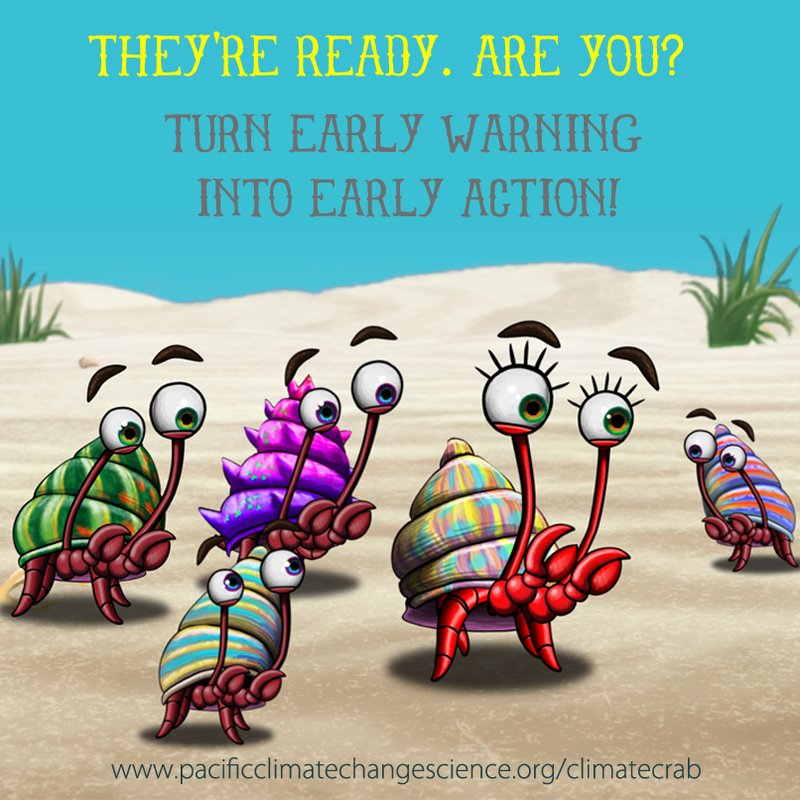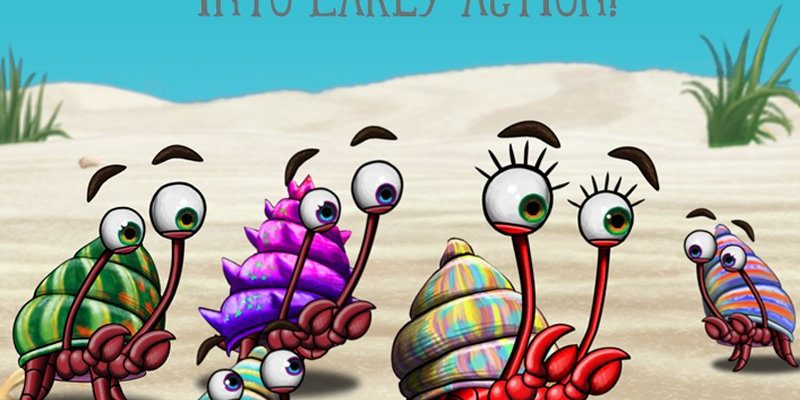
Now, you might be wondering how exactly climate change is shaking up the crab community. Well, as ocean temperatures rise and oceans become more acidic, these changes ripple through the underwater world, affecting everything from the food chains crabs are part of to their very habitats. Let’s dive into the specifics and see what’s happening below the surface.
Rising Ocean Temperatures
First off, let’s talk about ocean temperature. As the planet warms up, so does the water. For crabs, this is not just a minor inconvenience; it can be a game changer. Crabs thrive in specific temperature ranges. Just a few degrees of change can impact their growth, reproduction, and even survival rates.
Crabs, especially species like *blue crabs* and *Dungeness crabs*, are vulnerable to temperature changes. As the waters warm, they might migrate to cooler areas. This could mean shifting their habitats further north, affecting fishing industries and ecosystems in the process. Picture a crab casually moving its home northward as if it’s relocating to a more pleasant neighborhood—only, this move is driven by survival, not choice.
Moreover, higher temperatures can lead to increased mortality rates during their vulnerable larval stages. If young crabs can’t survive the warm waters, it could have long-term effects on crab populations. This is a bit like having a party where the youngest attendees keep getting sent home early; eventually, the party (or population) dwindles.
Ocean Acidification
Next up is ocean acidification. As we burn fossil fuels, carbon dioxide (CO2) levels rise—not just in the air, but also in the water. The ocean absorbs a significant amount of this CO2, which forms carbonic acid. The result? A more acidic environment that can disrupt the health of marine organisms, including crabs.
Crabs’ shells, which are primarily made of calcium carbonate, rely on a stable pH level to develop properly. When acidity levels increase, it becomes harder for crabs to build and maintain their shells. Imagine trying to build a sandcastle with wet sand—without the right consistency, it all crumbles. Weak shells make crabs more susceptible to predators and environmental stressors, threatening their survival.
In addition, the changing chemistry of the water can affect the availability of food. Many crabs are scavengers, feeding on a variety of organisms. If the base of the food chain is impacted by acidification (think of tiny creatures like plankton), crabs might struggle to find enough to eat. This threat appears like a ripple effect: one change leads to another, making life tougher for these crustaceans.
Impact on Crab Habitats
Now, let’s discuss habitat changes. Crabs often rely on coastal ecosystems like mangroves and coral reefs. These environments provide shelter, breeding grounds, and food resources. However, as climate change leads to rising sea levels and increased storm intensities, these vital habitats are at risk.
For example, rising sea levels can inundate coastal areas where crabs spawn, limiting their breeding success. If crabs can’t find safe spots to lay their eggs, it’s like trying to find a safe place to park your car in a flood—good luck with that! Moreover, erosion and habitat destruction from storm surges can further diminish these ecosystems.
Mangroves don’t just serve crabs; they’re crucial for many marine species. If crabs lose their habitats, it can lead to a cascade of effects throughout the ecosystem, impacting everything from fish populations to the health of coastal communities relying on these natural resources.
Effects on Food Supply
Speaking of food, let’s dive deeper into how climate change affects the food supply for crabs. Crabs are opportunistic eaters, which means they consume whatever is available, from detritus to smaller fish. But with changing ocean conditions, the availability and types of food change too.
Climate change can lead to shifts in the populations of organisms that crabs typically eat. For instance, if warmer waters drive fish populations northward, crabs left behind may struggle to find familiar sources of food, much like you would if your favorite restaurant suddenly closed. If crabs can’t adapt to these dietary shifts, they may not survive.
Additionally, overfishing can exacerbate this problem. Fishing practices can deplete crab populations, and when combined with the challenges posed by climate change, it becomes a perfect storm for crabs. Local fishing economies could suffer while marine ecosystems face further disruption, highlighting the interconnectedness of all living things.
Human Influence and Conservation Efforts
It’s essential to recognize the role of human influence in all this. The decisions we make today can either mitigate or amplify climate change’s effects on crabs. Overfishing, pollution, and habitat destruction exacerbate the challenges these creatures face.
But here’s the good news: there are conservation efforts underway that aim to protect crab populations and their habitats. Organizations are working to create marine protected areas, regulate fishing, and restore habitats. It’s like giving crabs a helping hand to navigate these turbulent waters.
We can also contribute by advocating for sustainable practices, supporting policies that combat climate change, and reducing our carbon footprint. Little choices we make in our daily lives can contribute to the well-being of these marine communities.
The Future of Crabs in a Changing Climate
So, what does the future hold for crabs as they grapple with climate change? Honestly, it’s a mixed bag. Some species may adapt and thrive, while others could face significant declines. It’s a real-life survival of the fittest, where adaptability is key.
With ongoing research, we’re gaining insights into how crabs might respond to these environmental changes. This knowledge is crucial for effective management strategies. Think of it as a roadmap guiding us through the foggy terrain of climate uncertainty.
The key takeaway here is that crabs, like many other marine creatures, are not just passive observers in this crisis. They’re deeply affected by our actions and the changes around them. Understanding their challenges can lead to better decisions that benefit both them and the ecosystems they inhabit.
In conclusion, climate change is profoundly affecting the crab, from rising ocean temperatures to habitat loss and food supply changes. By being aware of these impacts and advocating for change, we can help ensure that these remarkable creatures continue to thrive in our oceans. Just like that party that can still be fun despite a few shaky moments, we can take steps to ensure a brighter future for crabs and our planet.

